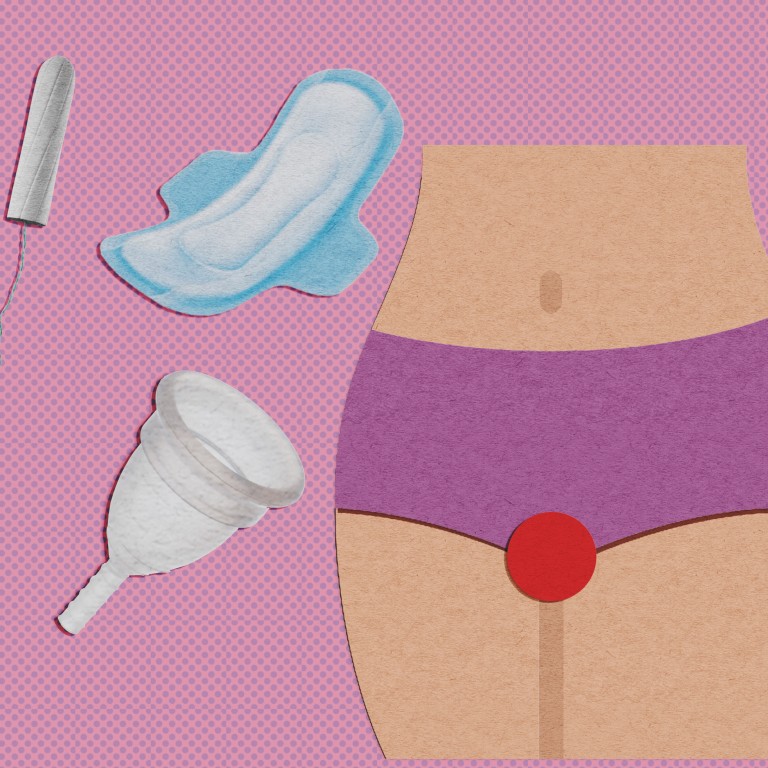Advertisement
Advertisement
Advertisement
Period havers: for better health, try cycle syncing, the trending approach to adjusting your diet and exercise to support the body in each phase of your menstrual cycle
STORYCarolina Malis

Cycle syncing involves aligning your activities, nutrition and self-care to the hormonal fluctuations of the menstrual cycle, allowing menstruators to better manage physical and emotional changes
The wellness world is buzzing about a game changer for menstrual health: cycle syncing. This innovative trend helps people who menstruate tailor their lives to the natural hormonal shifts throughout their cycle. By syncing daily activities, nutrition and self-care with these hormonal fluctuations, individuals can better manage physical and emotional changes, boosting overall well-being.

Hormonal changes throughout the menstrual cycle touch every part of life, from sleep quality and sex drive to energy levels and overall mood. Cycle syncing is all about aligning daily routines with the body’s hormonal rhythms.
Advertisement
The typical 28-day menstrual cycle is divided into four phases: menstrual, follicular, ovulatory and luteal. Each phase – or season – brings unique hormonal changes that have an impact on energy levels, mood and cognitive function.
The menstrual cycle

Ovulation occurs midway through the cycle, with a surge in luteinising hormone (LH), an egg being released, and peaking oestrogen and testosterone levels, which enhance energy and libido. The luteal phase follows, with increased progesterone preparing for potential pregnancy. If no fertilisation occurs, hormone levels drop, leading to menstruation and the start of a new cycle, often with mood swings and physical symptoms.
Winter: the menstrual phase

This is when you get your period. Energy levels are often at their lowest during this phase, making it a prime time for gentle exercise such as walking, stretching, yoga or Pilates.
“In the menstrual cycle, you’re bleeding, so your body has high inflammation that’s part of the bleeding process,” said US-based obstetrician, gynaecologist and reproductive endocrinologist Dr Natalie Crawford. For that reason, the focus should be on trying to decrease inflammation. “Do focus on iron – spinach and other leafy greens are a great source of that,” she says, adding that anti-inflammatory foods like berries and fatty fish also help to reduce discomfort.